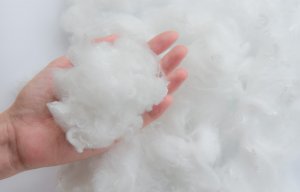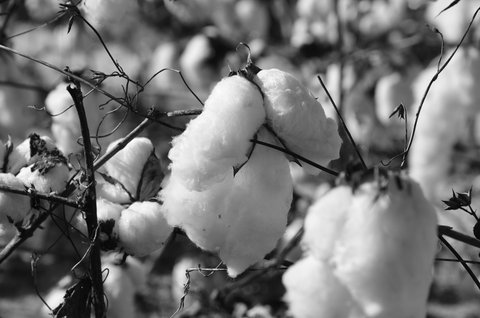
Recycled Regel in finer deniers
Two Lubbock high school seniors were involved in conducting the experiments.

27th February 2017
Innovation in Textiles
|
Lubbock, TX
“The oil spill issue has become a global issue, as it affects human health and environment,” said Seshadri Ramkumar, lead author of the study and a professor in the institute’s Nonwovens & Advanced Materials Laboratory, where the research was conducted. “So far, most oil sorbents are synthetic-based, which also leads to problems in marine environments. Our goal is to enable a biodegradable and natural product to be an efficient and cost-effective oil sorbent.”
The study compared the oil absorption characteristics of finer and coarser cotton in loose, needlepunched nonwoven and hydroentangled nonwoven forms. Finer cotton in loose forms was proven superior for oil absorbency. The study showed the importance of cotton micronaire for oleophilic applications, such as spill remediation. Among the important characteristics of cotton, micronaire – a measure based on cotton’s air permeability – is an indicator of its fineness and maturity.
The project was a collaborative effort between faculty in TIEHH and the Texas Tech Department of Mechanical Engineering, the Nonwovens & Advanced Materials Laboratory and the Southern Regional Research Center of the US Department of Agriculture’s Agricultural Research Service in New Orleans, where samples were prepared.
It also involved a future generation of scientists in the research process with the addition of Ronald Kendall Jr. and Luke Kitten. The two were seniors at Coronado High School and Lubbock’s Trinity Christian High School, respectively, during the study.
“We believe in preparing high school students to go into STEM fields,” said Seshadri Ramkumar. “More importantly, we would like to work with the young generation from the producer community. That is the reason Luke Kitten, whose family owns Kitten Land Company, was involved. The work trained both high school and graduate-level students.”
Ramkumar has worked to introduce cotton to the field of technical textiles for more than a decade. He is the creator of FiberTectTM, a nonwoven decontamination wipe capable of cleaning toxic chemical agents.
“The work done by Dr Ramkumar and his team is to be commended,” said Steve Verett, executive vice president of Plains Cotton Growers Inc., which supports research in the Nonwovens & Advanced Materials Laboratory. “It is vital that we continue to explore new markets for cotton, and Dr Ramkumar’s research has contributed greatly to the advancement of cotton, especially in the nonwovens sector.”
“One of the strengths of cotton research at Texas Tech is the connection with the local economic engine that cotton provides,” said Kater Hake, vice president of agricultural research at Cotton Incorporated, which funded the research. “Not only do researchers address local challenges and opportunities, but some such as Dr Ramkumar, take this connection to the next level by engaging local students and communities in the research.” Ramkumar said the goal is to find industrial applications as well as new and value-added technical applications for cotton.

Business intelligence for the fibre, textiles and apparel industries: technologies, innovations, markets, investments, trade policy, sourcing, strategy...
Find out more